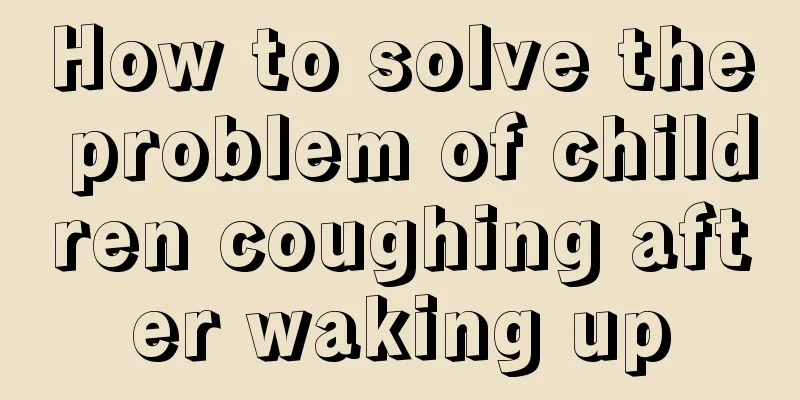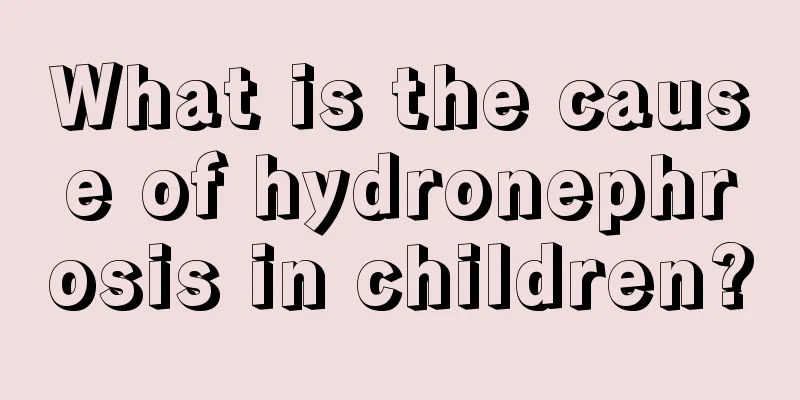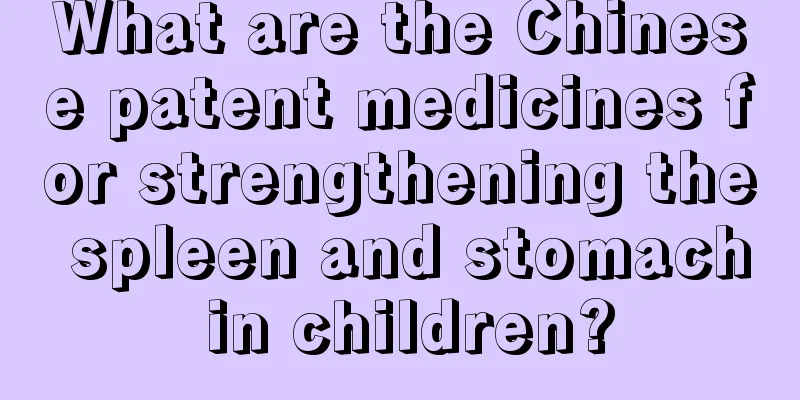Unexplained recurrent fever in children

|
Children have weak constitutions and their body functions are still in the growth and development stage, so they are prone to recurrent fevers of unknown causes. There are many reasons for fever: such as lack of water, viral cold or inflammation, and indigestion. If a child at home has repeated fevers for unknown reasons, parents should first control the child's body temperature. If the fever exceeds 38.5 degrees Celsius, antipyretic drugs should be used. If unexplained recurring fever lasts for a long time and the body temperature cannot be controlled, seek medical treatment promptly. What is the cause of repeated fever in children? 1. Fever of unknown cause: Fever of unknown cause refers to fever caused by various unclear reasons. The main characteristic of this unexplained fever is that the fever persists for more than 3 weeks and the body temperature is above 38.5 degrees. If the fever is caused by this reason, the doctor will usually ask the patient's medical history in detail and do various routine laboratory tests. 2. Non-infectious fever: Non-infectious fever refers to a fever that is not caused by various infectious diseases, some pathogenic substances or various inflammations. Usually this kind of fever is caused by dysfunction of the body's temperature center or other reasons, resulting in excessive heat production and poor heat dissipation. 3. Central fever: Central fever is one of the main causes of children's fever. It is generally believed that if you treat this kind of fever, in addition to paying attention to the fever caused by abnormalities of the higher central nervous system, you should also pay attention to whether the fever is caused by other sources of infection. It is best to do a good job of checking the causes of infection throughout the body in order to prescribe the right medicine. 4. Continuous fever: The main characteristic of this type of fever is that it recurs repeatedly, and the temperature of the fever can also be divided into different levels. No matter what causes the child's repeated fever, the most important thing is to receive scientific treatment. If a child has any of the above symptoms of recurrent fever, he or she must be taken to a regular children's hospital for treatment. However, it is also very important for mothers to master some necessary fever-reducing techniques. How to deal with recurring fever 1. Help your baby take off excess clothes. In real life, many people think that if a baby has a fever, it means he has a cold and should wear more clothes. In fact, it is just the opposite. Babies with fever dissipate heat particularly well, and if you wear too many clothes on them it will affect the dissipation of their body temperature. Therefore, it is recommended to let your baby wear less clothes. 2. Be sure to drink enough water. Regardless of whether your baby has a fever or not, you should pay special attention to replenishing your baby with sufficient water. You can add some salt to the water your child drinks to help him replenish electrolytes. 3. Use antipyretics. It is worth mentioning that although antipyretics can help babies reduce fever quickly, it is generally recommended not to use antipyretics for babies unless the child's fever exceeds 35 degrees. At the same time, if you use antipyretics for your baby, it is best to pay attention to the dosage. Remember not to think that the more you take, the better the effect. 4. Master various physical methods of reducing fever. When the baby's body temperature does not reach the level where antipyretics are needed, there is no need to give the baby medicine. At this time, you can choose some physical methods to reduce fever. For example, rubbing the baby's body up and down with a warm towel can help dilate the blood vessels in the skin and also help with heat dissipation. Applying a wet towel to the baby's forehead, wiping the body with alcohol, etc. are relatively good ways to reduce fever. |
<<: What to do if your child has recurrent thrush
>>: Hand, foot and mouth disease with repeated high fever of 39 degrees
Recommend
What to do if your one month old baby has diarrhea
Diarrhea in babies is a common problem. Different...
Why is the child's hair yellow?
Generally speaking, our hair should be black, but...
What are the dangers of juvenile rheumatoid arthritis?
I believe that parents are most concerned about t...
What’s going on when my baby has red spots on his chest and back?
Many babies are born with very sensitive skin. So...
What are the causes of indigestion in two-month-old babies?
We all know that many children nowadays are fed w...
What food is good for children to eat in summer?
Summer is an excellent season for health preserva...
What's wrong with a 16-month-old child who still can't speak?
Why does a child not speak at 16 months old? In f...
How to care for baby's snoring throat
Babies under three years old are very susceptible...
How to cultivate children to be brave
We all know that children nowadays are generally ...
Is it normal for a seven-month-old baby to have a temperature of 373?
If a seven-month-old baby has a body temperature ...
What are the legal provisions for child custody?
In real life, many families have broken up, espec...
Treatment of Mycoplasma pneumoniae infection in children
In today's seriously polluted society, many p...
Why does the child sweat during nap?
Many children sweat profusely when they sleep, an...
What to do if your child has repeated fever
What should I do if my child has repeated fever? ...
What to do if your child doesn't eat well
Every parent hopes that their children can eat we...









